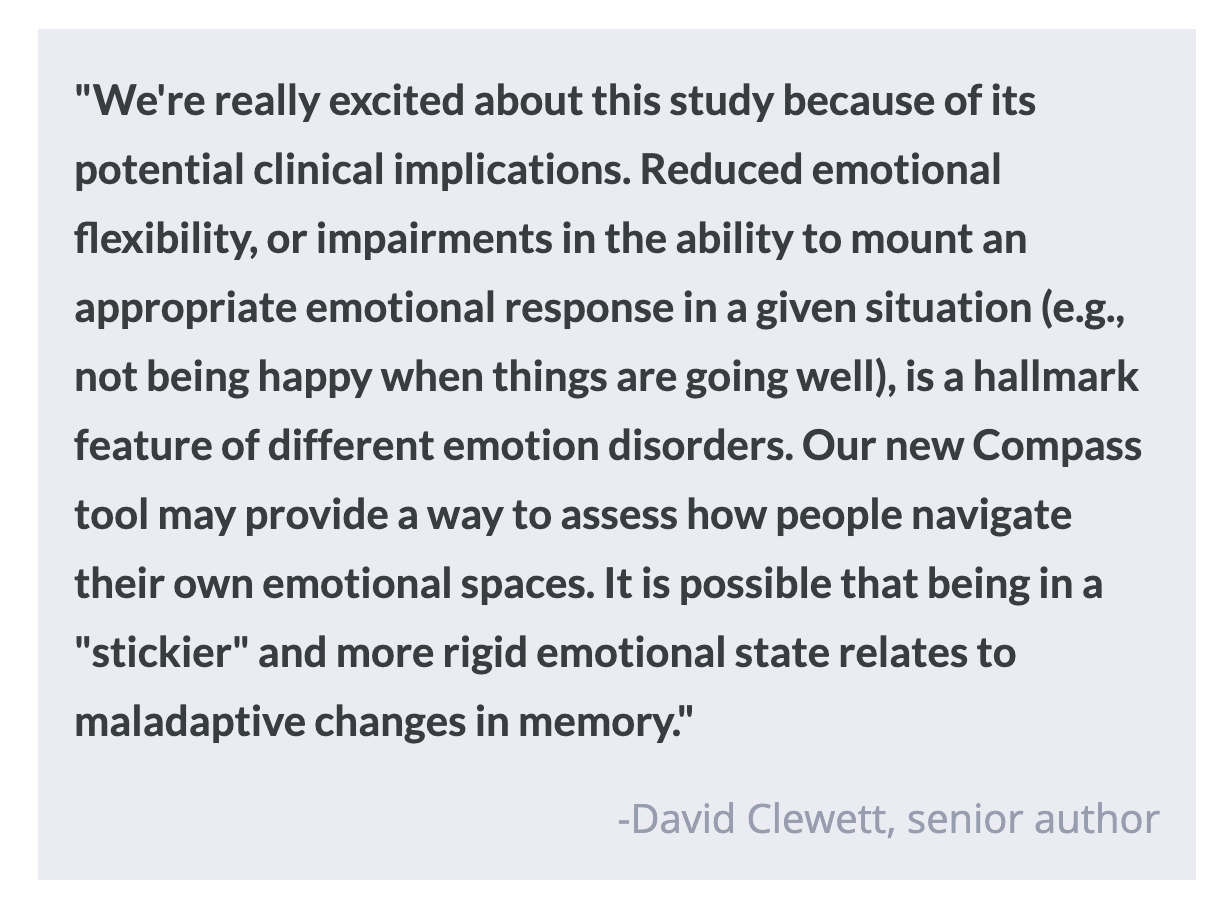The Effect of Mid-Life Diet on Cognitive Complaints in Women
Post by Soumilee Chaudhuri
The takeaway
There is limited evidence on how diet, a factor influencing health conditions like hypertension and diabetes, impacts cognition in women in later life. Researchers found that adherence to a DASH (Dietary Approaches to Stop Hypertension) diet in mid-life led to a lower prevalence of cognitive complaints (SCC) in late life, specifically in women.
What's the science?
Alzheimer’s Disease (AD) is the most common form of dementia and affects approximately 6.5 million people in the United States, and almost two-thirds of AD cases are women. Subjective cognitive concerns or SCCs are self-reported impairments in daily cognitive performance and have been increasingly reported to be associated with incident neurocognitive disorders such as AD. However, there is limited research on how dietary patterns — a potential modifiable risk factor — could influence these cognitive complaints. The DASH diet has been highly researched within the context of maintaining a healthy hypertension and cardiovascular profile but its role in preserving optimal cognitive function in later life is not known. This week in Alzheimer’s & Dementia, Dr. Song and colleagues at New York University (NYU) Grossman School of Medicine used population genetics and epidemiology-based approaches to understand the impact of a DASH diet on SCCs in over 5,000 women from the New York University Women’s Health Study (NYUWHS).
How did they do it?
The researchers included 5116 women participants aged 35 to 65 from the NYUWHS study. Participants were followed for up to 5 years and each completed a questionnaire giving information about their regular diet, intensity of physical activity, etc. as well as a formal SCC survey at different time points during the study. The assessment of DASH diet and quantification of DASH scores were based on predefined metrics - a high intake of fruits, vegetables, legumes and nuts, low-fat dairy, and grains were all indicative of greater adherence to the DASH diet and the highest quintiles were thus given the highest score ( = 5). The total DASH score was determined by adding the scores of the eight DASH components (different food groups such as fruits, vegetables, whole grains, dairy, sodium, processed meat, sweetened beverages), resulting in a potential range of 8 to 40, with higher DASH scores reflecting greater adherence to the diet. The authors conducted statistical analyses including a) stratification of participants by factors including age, total calories, BMI, education and race, with multiplicative interaction to assess the effects of these factors, and b) multiple longitudinal regression models with appropriate covariates such as education, health history, etc. and were used to assess the continuous relationship between SCC and DASH scores (cumulative and also separately for all eight components individually) for all the women in the study.
What did they find?
The researchers found that greater adherence to DASH diet in mid-life was associated with 20% lower odds of having higher subjective cognitive complaints (SCC greater than or equal to 2 in the SCC scale). Upon stratification, they also found that this association was stronger amongst Black women and amongst those without a history of cancer. These associations remained after adjusting for potential confounding variables and considering missing data points. Using linear regression analysis, the researchers confirmed that a higher DASH score was associated with a lower number of SCCs later in life. They even found that individual components of the DASH diet (consumption of fruit, vegetables, legumes, nuts, etc.) were associated with lower incidences and severity of later-life subjective cognitive decline, although after accounting for all other individual components, only fruit consumption remained significant.
What's the impact?
This study shows that greater adherence to a DASH diet in mid-life could be therapeutic in preserving cognition in later life in women. Overall, this study suggests the immense potential of diet quality, especially the diet related to hypertension and cardiovascular profile in maintaining healthy cognitive function



